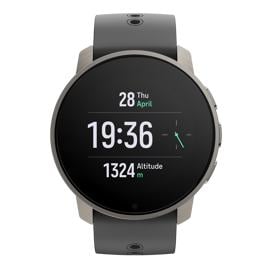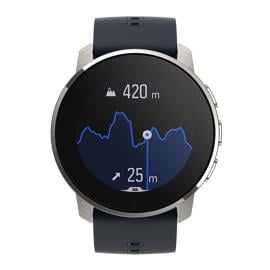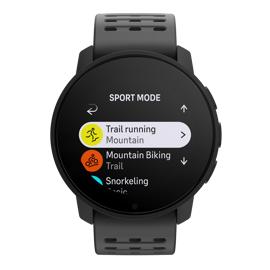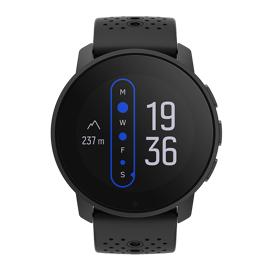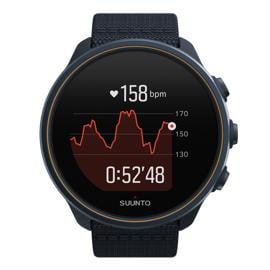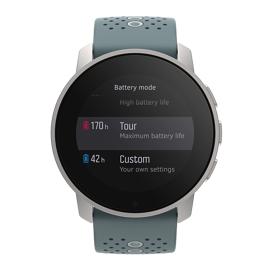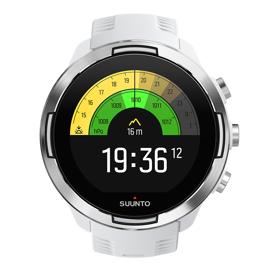Suunto athlete and intrepid Finnish freerider Antti Autti is bracing himself for days of bone chilling temperatures as he searches for snowboarding lines in mountains above the Arctic Circle.
Season two of his Arctic Lines project is underway. The goal is to ride 30 unique, unridden or iconic lines in the frozen wilds of northern Finland, Sweden and Norway. Getting to each line is no walk in the park. He and his crew must contend with long approaches, minus temperatures, the poor visibility of the Arctic’s polar night, difficult to predict snow conditions, blizzards and obstacles.
In this article, Antti guides us through how he breaks down each trip and how he navigates to each line and back.
Watch each episode of Arctic Lines as it drops here!
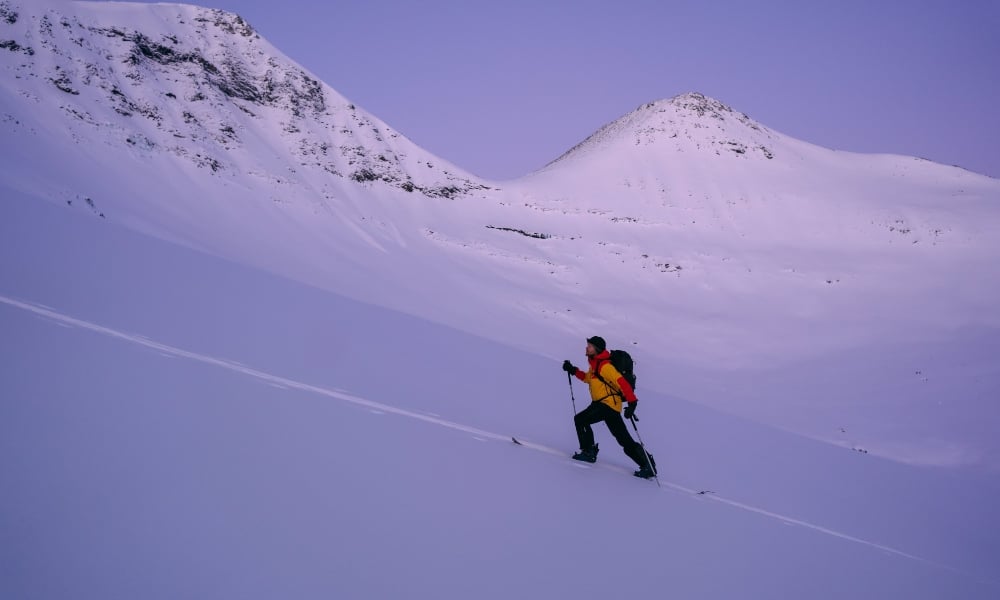
Have a plan
This sounds obvious, but the importance of having a thought-through and agreed upon plan can’t be overstated. Having a plan b is also important. Make sure each person in your group knows the plan and has agreed to it. To achieve this, Antti creates routes in Suunto app and shares them with his crew for feedback. If everyone is happy, he then creates GPX files and syncs them with their Suunto 9 Peak watches.
Click here for Antti’s 8 planning steps!
Start cool
You reach the road end and get out of your toasty warm car and into the biting cold air. Don’t make the mistake of piling too many layers on too soon. It’s better to start a little cold and then warm up. Otherwise you’ll have to stop after 20 minutes to remove layers.
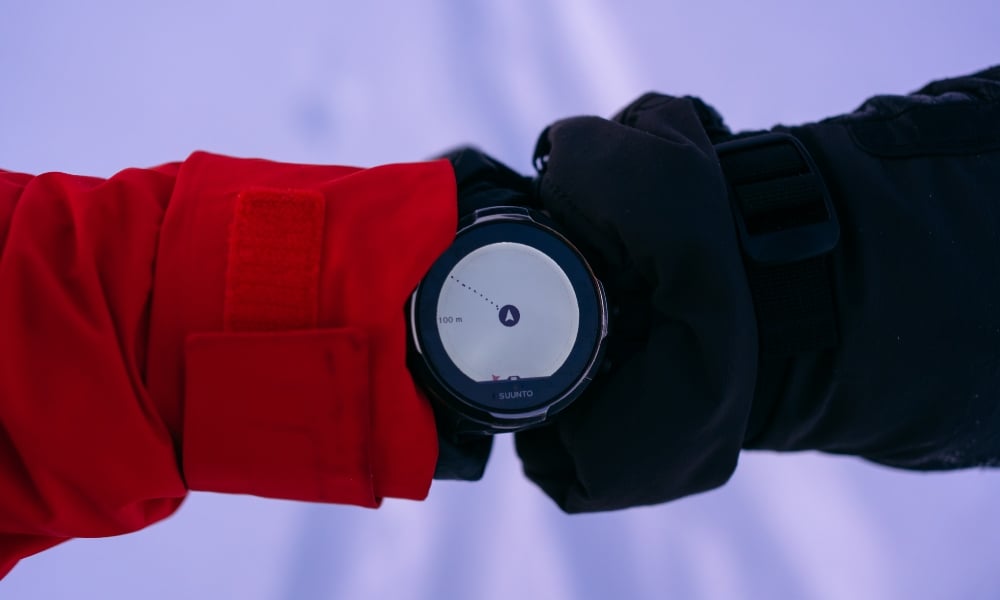
Let your watch guide you
“It’s really helpful to have the route planned in advance and to follow it on our watches,” Antti says. “When I’m at home and draw the route in Suunto app I can’t see all the obstacles we’ll encounter on the ground. But following the route with my watch means I can go off route by 100 m to avoid an obstacle and it will guide me back. It’s a huge help.”
Should you decide to change your plans and follow a predefined plan B, with your Suunto 9 you can also change the route you navigate during an activity. Just long press the middle button to enter the 'options' and the 'navigation' menu: there you can select the new route you want to follow. And if you do wander further away from your route, you can always zoom out on the navigation view. Simply long press the middle button on a navigation screen and zoom out – or in – with the buttons to see your position related to your planned route.
Read here how to navigate with a Suunto 9.
Break it down
Antti breaks down each trip into five sections: below the treeline, observation, the traverse, the ride and, lastly, the return. Each section has a different focus and tasks.
Below the treeline: Important to conserve energy and follow the easiest way in as possible. This is why it’s important to start on time so there’s no rush to get in.
Observation: At the treeline, Antti and his crew have a 30 to 45 minute break to observe and assess the situation. “At the treeline we can see if the route we made in Suunto app is going to work,” Antti says. “This is when we make critical decisions about which route to take to get to the line. The shortest way might be more exposed. The longer way might be safer, but use more energy. This is why we take our time here to make a good decision because after that it’s full on.”
The traverse: Antti tries to follow a route that affords him protection from snow or rock fall. Where possible he tries to stick to climbing ridgelines.
“This is when we approach the face and climb to the top of the line,” Antti says. “We need to do that quite fast and this is where we use the most energy. It’s also when we get to know how the snow is and make a decision whether to go ahead or pull the plug.”
The ride: “If I plan a lot ahead, then the descent is super nice because all I need to do is ride really well,” Antti says. “If the conditions are good, it’s all fun, but if not it can be really tricky. It’s always hard to know how the ride will be. If you have a big face with multiple options, then you have to be able to change your original plan.”
The return: After they’ve ridden the line he and his crew are usually quite pumped and excited. While this is great, if they get carried away by it this is when mistakes can be made. “When we get excited after the line it’s always good to stop and regroup a little,” Antti says. “When you’re playing in the mountains, it’s so important to regularly regroup and refocus.”
Even if you are not following a preplanned route, the breadcrumb trail on your Suunto is super useful during the return: it will help you get back on your skintrack and the trailhead where you started. Read about Suunto's Find Back feature here.
Be prepared to change plan
Being exposed to cold in the mountains is serious business. It’s all about managing time and energy, and responding to unforeseen challenges. Stubbornly sticking to a plan can be dangerous. Antti advises to keep an open mind, and to check in regularly with your group to see how you are all doing and whether any course correction is required.
Keeping tabs on sunrise and sunset times is especially important in the mountains: learn how to use sunrise and sunset alarms in your watch here.
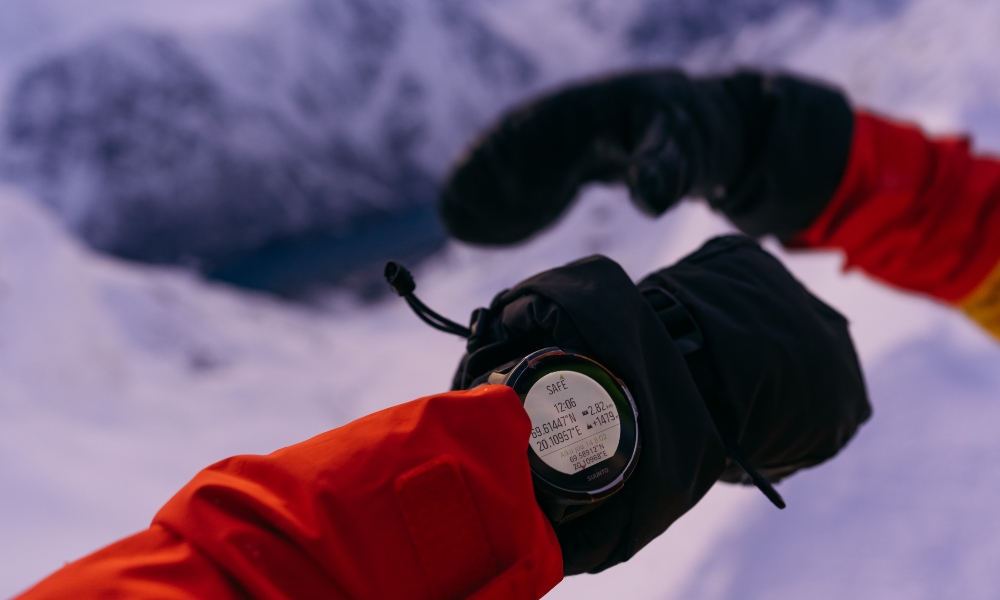
Have a safety back up
Antti uses the SuuntoPlus Safe - My Location feature on his watch. There is always a risk that something goes wrong and they need to call for help. This feature for Suunto 9 watches provides information that they can give to a rescue team. It provides location info and the direct distance and altitude from the starting place.
Antti also takes his smartphone with him as a backup in case he needs to reassess the route.
Watch Arctic Lines here!
All images by Jaakko Posti
